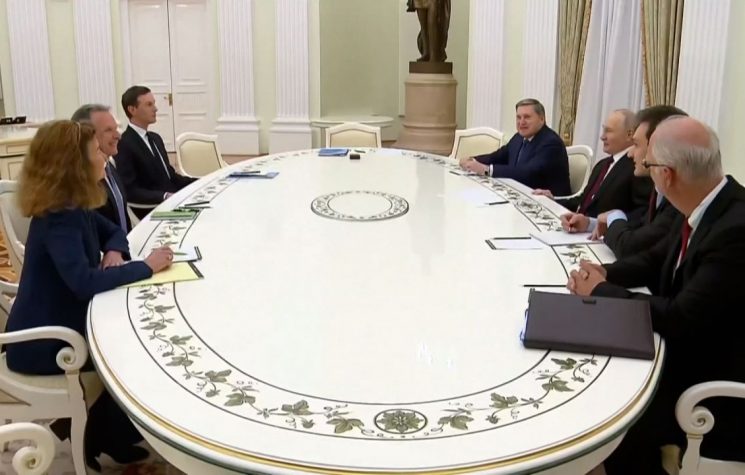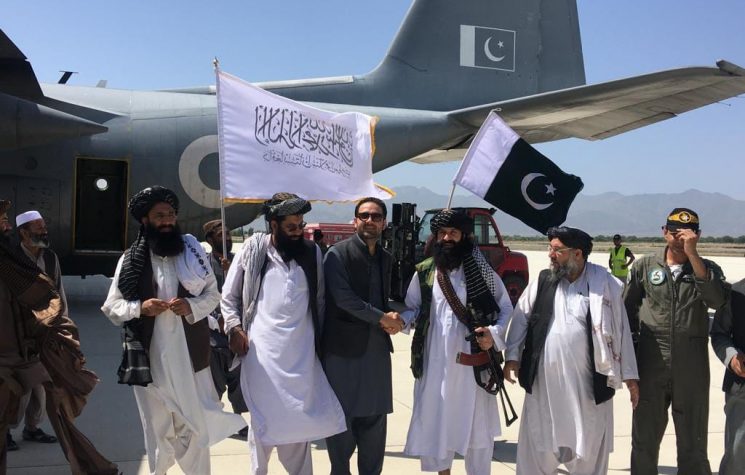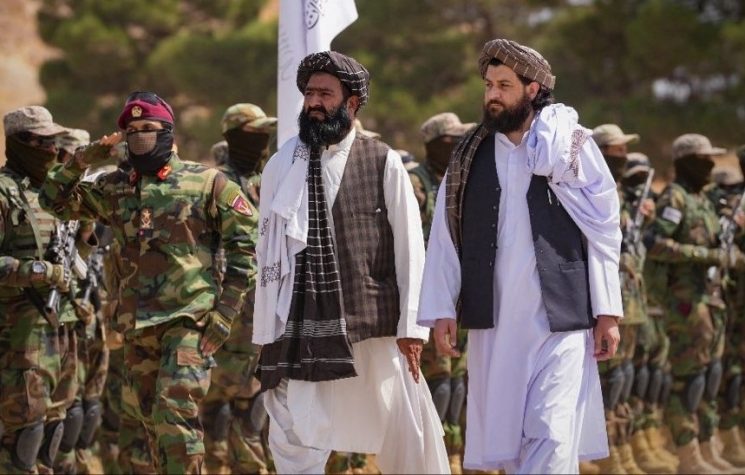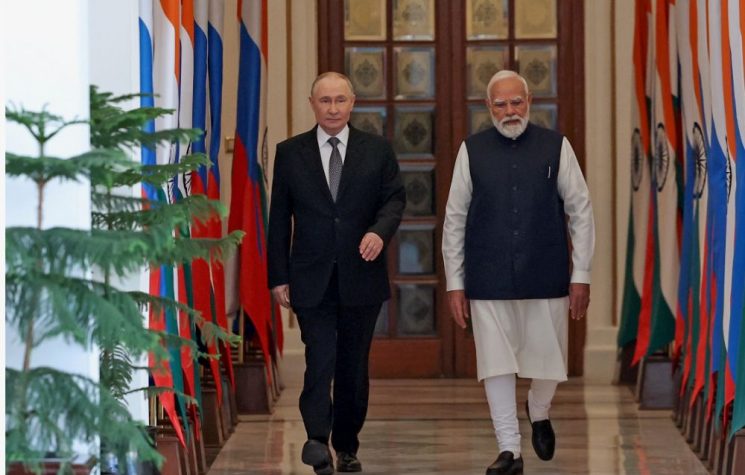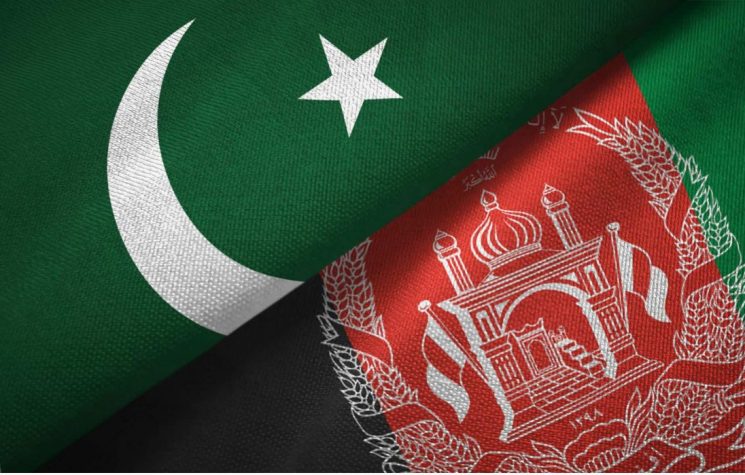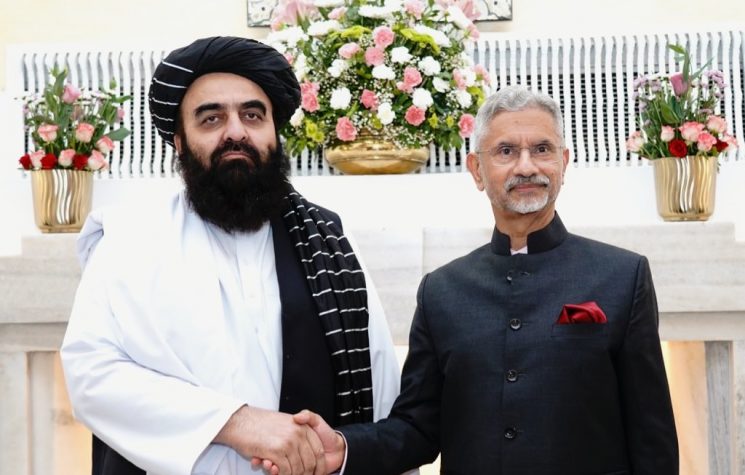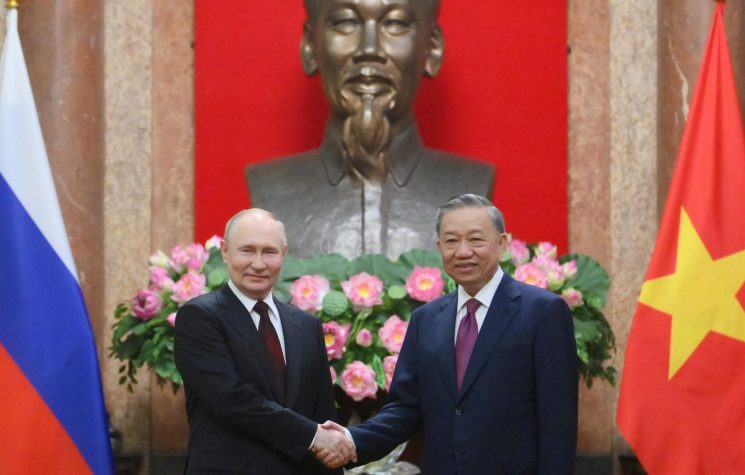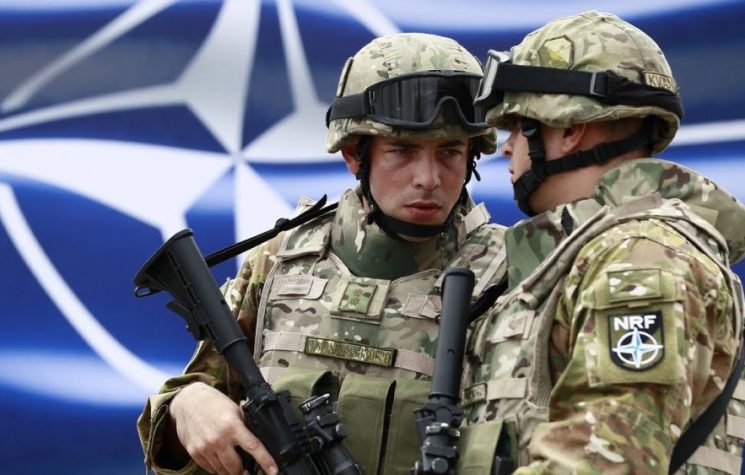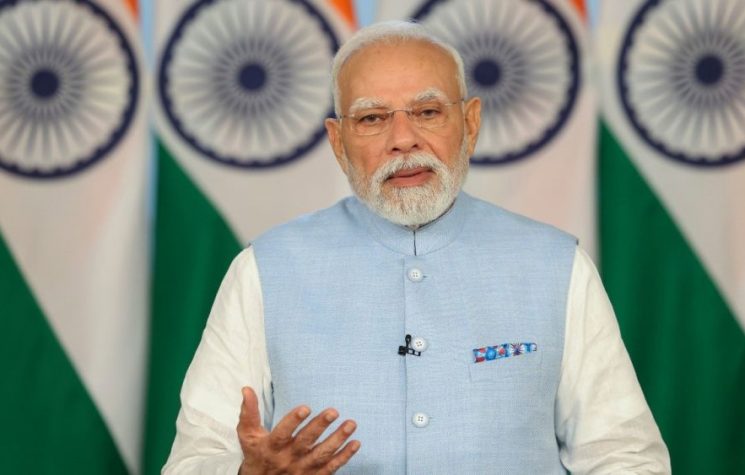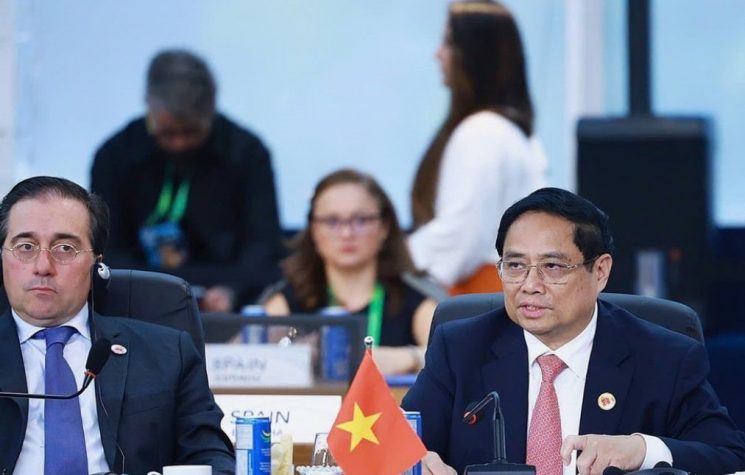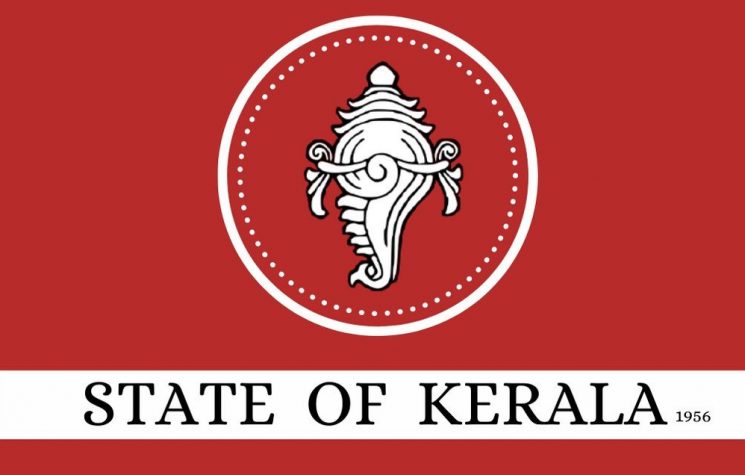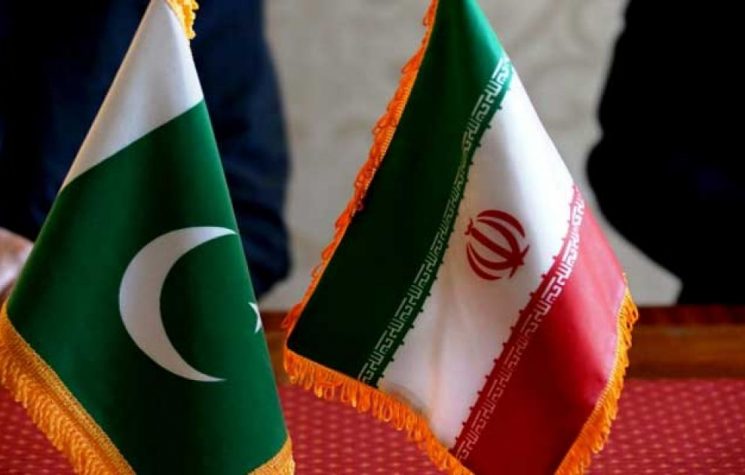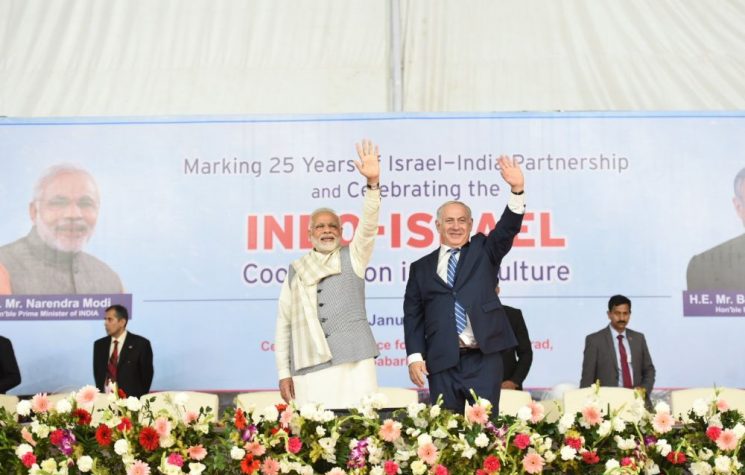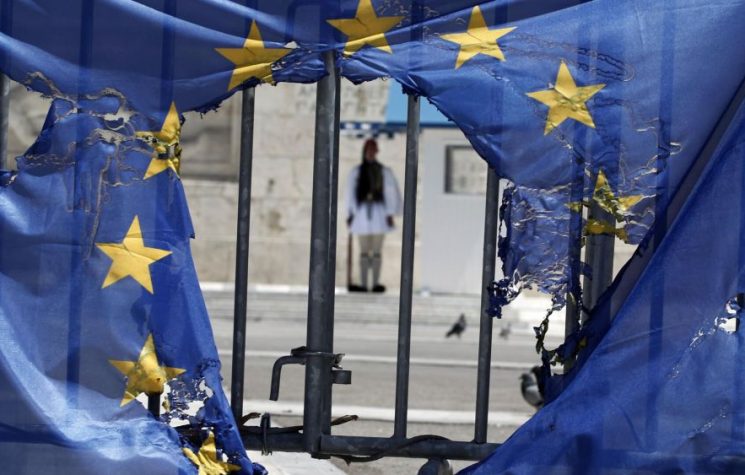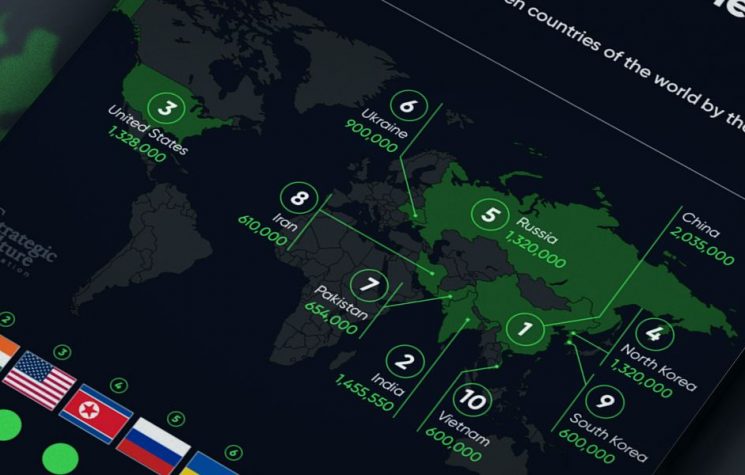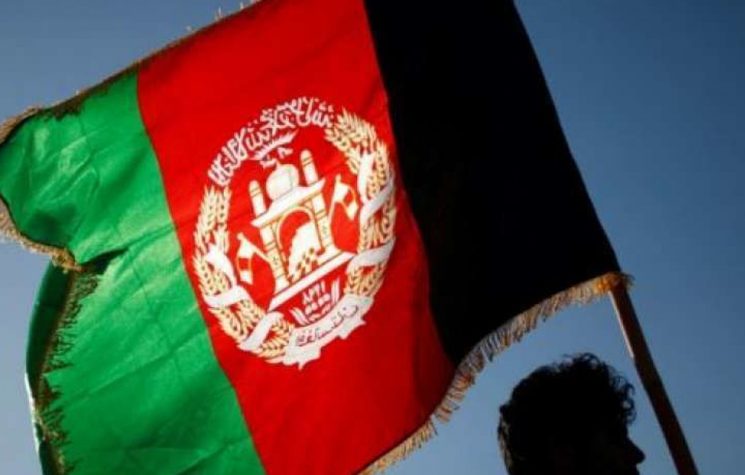Recent conflict between the two Islamic nations unfolds amid a process of renewed diplomatic engagement between Afghanistan and India.
Join us on Telegram![]() , Twitter
, Twitter![]() , and VK
, and VK![]() .
.
Contact us: info@strategic-culture.su
India’s recent decision to reopen its embassy in Kabul and officially receive the foreign minister of Afghanistan’s government came at a sensitive moment — around a brief yet intense armed clash between Afghan and Pakistani forces. While New Delhi had no direct involvement in the hostilities, it is plausible to argue that it views the current regional atmosphere as an opportunity to revise and update its strategic approach — particularly in relation to Pakistan.
Afghan and Pakistani armed forces recently clashed along the border region of Spin Boldak. According to the Taliban government, Pakistan initiated the attack using both light and heavy weapons, resulting in the deaths of 15 civilians and injuring over 100 others, including women and children. Kabul claimed it responded decisively by destroying military outposts and capturing Pakistani weapons.
Islamabad, for its part, rejected the Afghan version of events, accusing the Taliban of launching the first strike by targeting a Pakistani military post. According to the Pakistani military, 37 Taliban fighters were killed in the retaliatory operation. Following the brief but dangerous exchange — including aerial bombardments from both sides — the situation now appears to be de-escalating. A temporary 48-hour ceasefire was agreed upon, with both parties committing to pursue dialogue in search of a peaceful resolution.
It is within this context of regional instability that India has chosen to formally restore its diplomatic presence in Kabul. Although Indian officials framed the move as part of a humanitarian and technical agenda, the timing and symbolism of the decision are not lost on observers. At a time when Pakistan faces simultaneous pressure along its borders and internal political challenges, India appears to be recalibrating its regional strategy, drawing on the classical principle of containment.
Historically associated with the Cold War, the concept of containment refers to the use of indirect means to limit the expansion of a rival power. In the South Asian context, India does not appear to seek (another) direct confrontation with Islamabad but rather aims to expand its sphere of influence and diplomatic engagement with neighboring actors who could serve as regional counterweights. Afghanistan, in this scenario, offers India an alternative diplomatic front — not necessarily hostile, but strategically advantageous.
It is important to note that India has neither openly supported the Taliban government nor formally recognized its legitimacy. However, by choosing to reopen its embassy and host Afghan officials in New Delhi, India signals a willingness to maintain dialogue and a strategic presence in a country that has historically remained within Pakistan’s sphere of influence. The new Indian approach seems less ideological and more pragmatic: selective engagement focused on stability, infrastructure, and regional presence.
For Afghanistan — under Western pressure and facing renewed tensions with Pakistan — India’s renewed interest presents an opportunity for geopolitical diversification. For Islamabad, however, New Delhi’s moves may be interpreted as part of a strategy of indirect containment: not a military threat, but a gradual erosion of Pakistani influence in its immediate neighborhood.
India is not fueling conflicts nor instrumentalizing crises, but it does demonstrate an ability to transform moments of regional instability into strategic openings. By strengthening its presence in Kabul during a border crisis, it projects the image of a pragmatic and autonomous regional power, adapted to the fluid realities of a world in transition — where balance is no longer dictated by rigid alliances but by diplomatic flexibility and presence across multiple arenas.
Rather than directly confronting Pakistan, India appears to be investing in containment as a long-term strategic mechanism. This approach combines diplomacy with geographic positioning, leveraging alternative channels of influence to reduce its traditional rival’s room for maneuver. In a post-Western global environment, this kind of quiet strategy may prove as effective as formal military alliances.
In short, the current India–Afghanistan realignment reveals not only an adaptation to new regional dynamics but also a sophisticated exercise in strategic containment. Without resorting to force or provoking direct confrontation, India reinforces its role as a regional power acting with autonomy, pragmatism, and a clear eye toward the multipolar balance of the international system.










